Sutter Dining Hall’s serious food waste problem
Photo includes plates with extra food on the return counter at Sutter Dining Hall. Photo taken Sept. 14 by Hiroto Nakajima.
Students, faculty and dining hall staff all eat at Sutter Dining Hall for breakfast, lunch and dinner. There are various foods like pizza, hamburgers and fresh vegetables. Diners can take whatever they want to eat and enjoy their meals. However, I believe that there is a serious food waste problem hidden behind a local recycling system.
I am one of many students who goes to the dining hall frequently. The eating area is managed by the dining hall staff on a daily basis to make it a clean and comfortable space for everyone. I always enjoy eating meals with my friends in a clean place.
On the other hand, I often feel anxious when I put my plates on the return counter after finishing my meals. Every time I bring them to the counter, I see a lot of plates with extra food, such as a bunch of french fries, a full hamburger left with one bite out of it and a few pieces of pizza. I believe this is a serious problem at Chico State.
I interviewed the executive director at the Sutter Dining Hall, Thomas Lindsley Rider. According to Rider, there are two types of food waste — waste from the cooking process and waste from the consumers.
Throughout the meal preparation process, the dining hall organization has adopted various ways to prevent excess food and to reduce it as much as possible. For instance, Rider said, “We don’t cook everything at the same time. We cook as we go.”
He also said even if food is leftover from the cooking process, some of the fresh food is given to a local food pantry and the Wildcat Food Pantry or is reused in other meals.
Sutter Dining Hall has invested heavily in technology designed to reduce food waste. Last year, the organization adopted plastic plates, in which 27,000 reusable plates were used instead of paper ones. Rider said that this approach can contribute to the overall reduction of waste and prevent the paper plates from going to a landfill. He argues that this is a good program that not only costs less for the organization, but also helps all of us and our planet. He hopes this approach spreads among young people and it spreads to other places outside campus.
I believe the main problem is controlling food waste generated by users, because the dining hall allows students to take whatever they want to eat. I have witnessed students take numerous plates and leave plenty of untouched, extra food. To obtain a better understanding of the situation, I asked the dining hall to conduct a waste analysis. The results will be published in the near future.
So, where does the food waste go after being collected? Rider said that food waste from Sutter Dining Hall is sent to the Recology company, which offers recycling services.
Becky Holden, the Waste Zero Specialist at the Recology company, explains that all of the food scraps and organics from Sutter Dining Hall are picked up by the Recology branch of Butte and Colusa Counties, which offers compost services in Chico.
Composting is a process where organic solid waste is changed into nutrient-rich soils and reused for other materials. According to Chico State’s Sustainability Department, composting systems provide plants with a nutrient-rich food source, reduce the use of chemical fertilizers and increase crop yield.
The food waste from the dining hall is composted and turned into soil by Recology’s facilities. The facility says that almost all food waste is composted, but there are also non-acceptable materials to compost, like napkins and tissues.
Holden said, after being composted at the company, the materials are carried to a local anaerobic digester; called North State BioEnergy. According to the D&B Business Dictionary, the enterprise “manufactures tallow, grease and other animal by-products to make soap, candles and pet and livestock feed.”
Sutter Dining Hall’s food waste program is supported by multiple companies who promote the well-being of our local environment. They make food waste into compost and change the rest into reusable materials. As a result of the local recycling system, before organic waste is dumped at the landfills, most students do not have to pay attention to their food waste on a daily basis.
However, I consider it a myth that composting is entirely positive. According to an article about advantages and disadvantages for composting by GreenCoast, there are also multiple negative aspects in composting, like the stench that is produced.
It takes time and energy to compost and convert food waste from the dining hall to soil in order to prevent such a problem. According to the Recology company, it takes 12 weeks to convert organic waste to soils. Also, the organization manages food waste throughout the composting process. The enterprise says that state-accredited laboratories test the waste regularly to ensure safety, quality and nutrient standards.
Moreover, Chico State partly depends on the local recycling services to deal with food waste. According to Jennifer Rotnem, the campus director of Energy and Sustainability, Chico State has a green waste composting program that includes grass, leaves and other plant materials. She said that the university does not compost any food scraps.
“We are not set up to compost food waste yet,” Rotnem said.
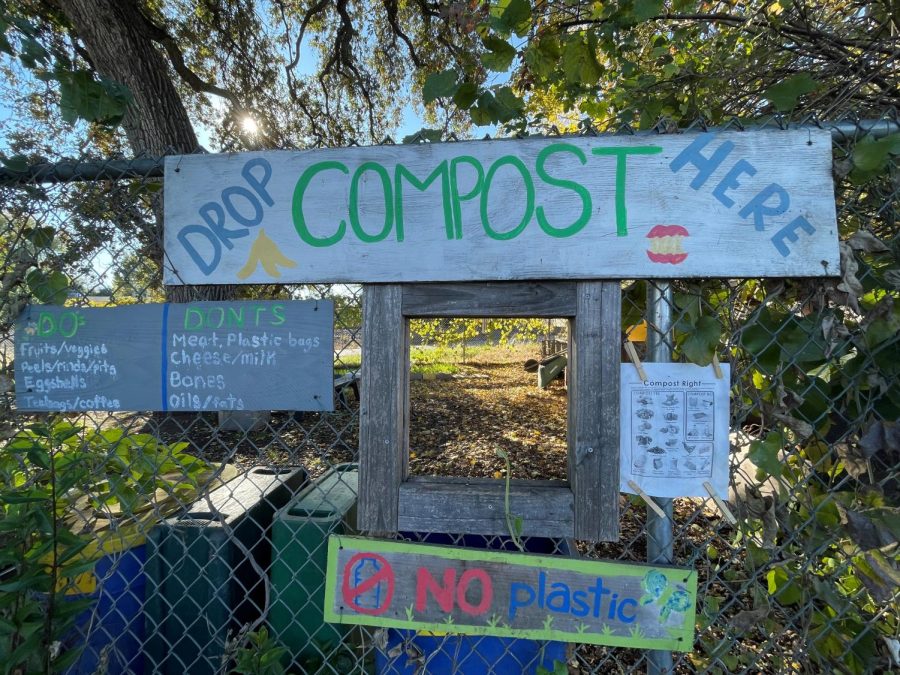
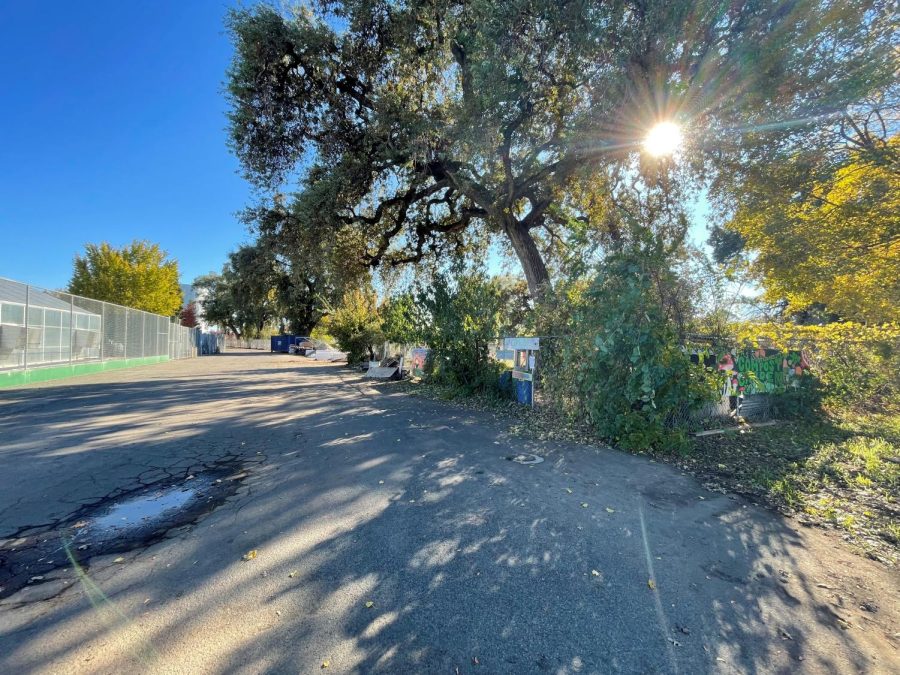
Therefore, the most economically effective method is to limit food waste produced by students. The most practical way to do this is by reducing waste ourselves.
I believe it’s difficult for the dining hall facility to explain to students that part of the food waste problem is derived from them. According to Rider, Sutter Dining Hall educates students on the importance of food waste reduction. Still, he advocated that the organization needs to be very careful about how to teach responsibility.
For instance, he said that some students may have eating disorders. In this case, the dining hall technically cannot tell everyone to reduce their own food waste. Even if pictures of food waste were shown at the dining area, he worries that the diner might feel bad. Rider is concerned that the dining hall could be an uncomfortable place.
Rider insists that the most important thing for the organization is that all users can enjoy their meals and conversations at Sutter Dining Hall. He hopes students can feel as if the dining hall feels like home. Thus, it is challenging for the facility to both teach diners about food waste and manage the waste itself.
He especially cares about students who live in Sutter Hall, where there are no kitchens. According to the University Housing Center, approximately 230 students live in Sutter Hall this semester and all of them are first-time freshmen.
Sutter Dining Hall has to regularly teach freshmen about the food waste problem. The dining hall organization struggles with teaching them because a new group of freshmen move in every year.
Clearly, it is too tough for just Sutter Dining Hall to tackle the food waste problem.
Some students who use the dining hall might say it would be better to leave food and consider their health rather than feeling poorly because of overeating. In fact, my friend told me this is a part of American culture. I do not know whether it is true or not, but I feel this is merely an excuse. Although people might take the plates with less desirable food, they should at least anticipate and consider whether they really can eat the cuisine before taking it.
Compared to the past, it is well-known that the food waste problem is gaining attention all over the world, influenced by various environmental problems, such as food shortages. Along with discussing food waste in educational settings, we must focus on our diets and consider food waste more seriously on a daily basis.
We need more student awareness as well as efforts by the dining hall organization in order to solve the food waste problem.
I suggest that we adopt two approaches to tackle the issue. First, the dining hall should explain and advertise more negative aspects of food waste, and how it’s a real problem. Furthermore, the diners need to view the situation as serious and take into account whether they can actually eat a meal before taking the food.
The food waste problem at Sutter Dining Hall is a tough one to solve, with no easy answers. Still, I believe we can reduce food waste from the dining hall if the university staff and students cooperate and work to solve the problem together.
Hiroto Nakajima can be reached at [email protected] or @hiroto_nakajima_1120 on Instagram.



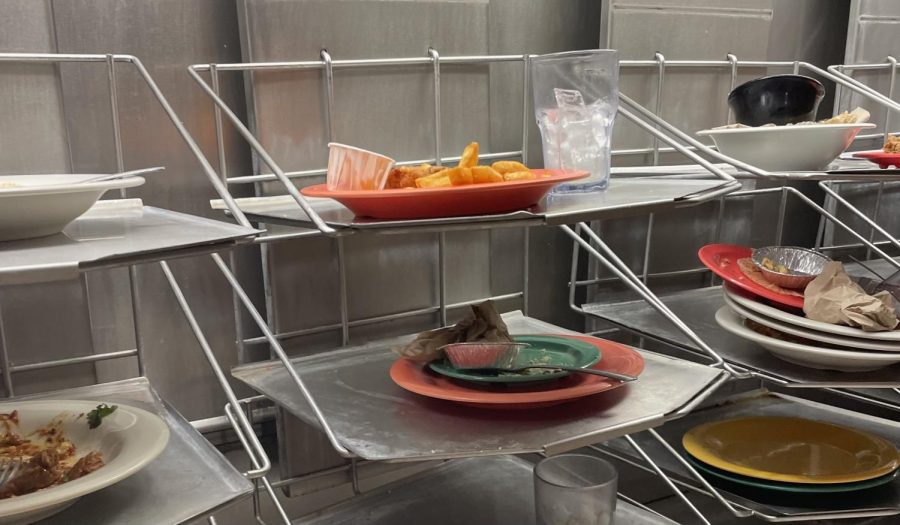

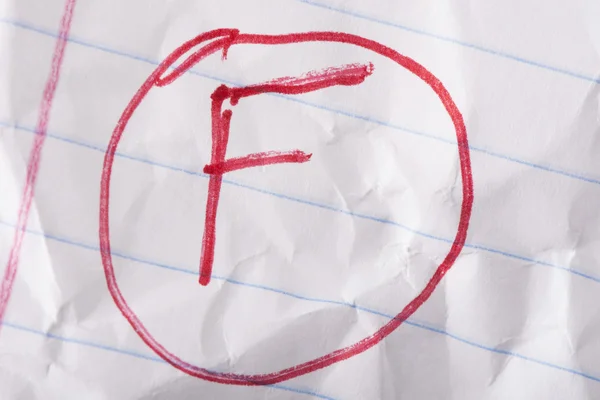
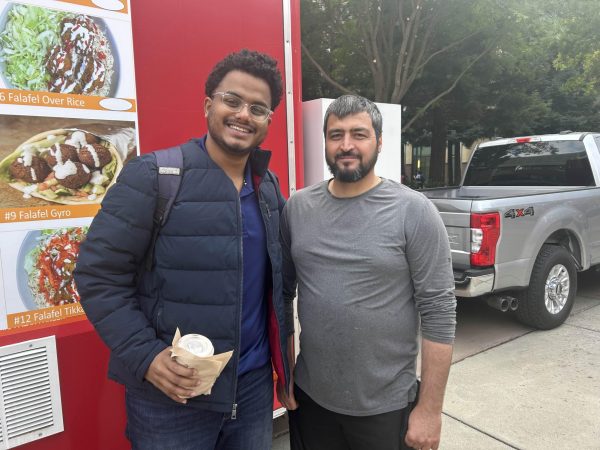


Hunter // Nov 20, 2022 at 1:54 pm
Great article and topic Hiroto!